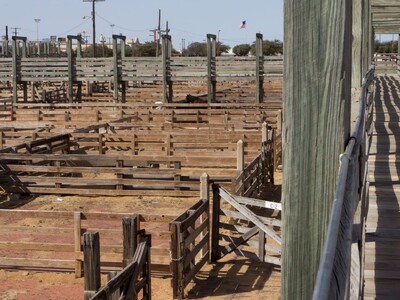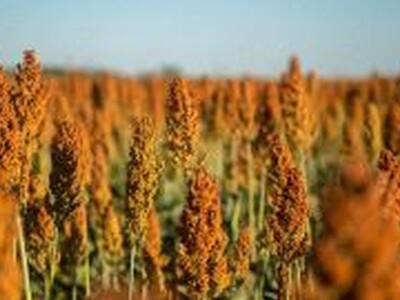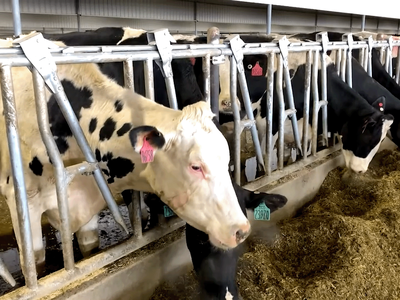Japanese Beetle Infestation
A record number of invasive Japanese beetles have been detected in Washington County within the city of Portland this summer. To date, the Oregon Department of Agriculture has found 265 Japanese beetles in traps placed in the area as well as numerous live beetles causing feeding damage on roses and other plants. The evidence suggests a breeding population of the non-native insect has been established.
“What we know right now is that this infestation is localized yet producing enough adult beetles that we can find them feeding on roses and other plants in this area,” says Clint Burfitt, manager of ODA’s Insect Pest Prevention and Management Program. “Without community action, this pest will spread and cause an increased use of pesticides by homeowners and producers of agricultural crops such as cannabis, hops, nursery plants, and wine grapes.”
Additional traps have been placed in the vicinity of Northwest Saltzman and Northwest Thompson roads. It appears the infestation has been present for at least more than a year but not detected until this summer.
Japanese beetle is a major plant pest in other parts of the US. As a grub, it can be very destructive to turf. As an adult, the bright metallic green beetle with copper-colored wing covers will feast on a wide variety of plant material including trees, shrubs, flowers, fruits, and vegetables. It is a pest that can be destructive in urban and agricultural environments, and is also subject to agricultural quarantine regulations. ODA has been using an early detection, rapid response approach for years to find and eradicate populations of the pest. In the past, Japanese beetle has made its way into Oregon through air cargo carriers with multiple detections over the years near Portland International Airport. In recent years, ODA has conducted eradication projects in residential areas of Portland and Cave Junction.
I talked with Entomologist Dr. Paul Castrovillo about the potential for Japanese beetles to be hugely destructive to agricultural production. "Right now, if you know anything about Japanese beetles, they had been in the eastern US since 1916, that is where they found their first one in New Jersey. East of the Mississippi River, there are billions and billions of them because the climate there brings more rain than weekends in the West. Those weather conditions are very good for them so they spread all over. Out in the West we have a lot more dry areas so it is not as conducive for them here. If they accidentally get transported to a place that has a lot of irrigation or an agricultural situation like a vineyard, they can survive and proliferate and become a huge pest in the West. All the places in the West, wherever they have found them have jumped into an eradication program to keep that from happening and so far all the programs, they’ve taken several years to work but all the places in the West that have done that have been successful in knocking them out.”


















